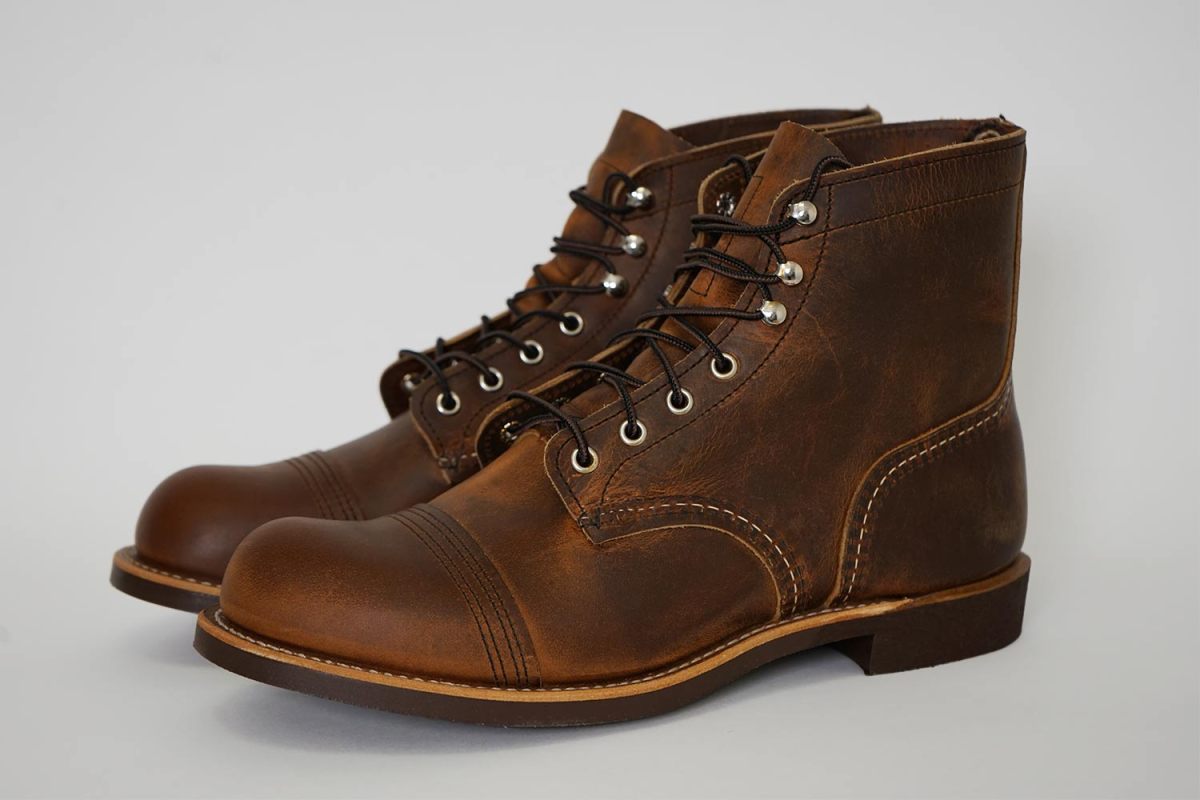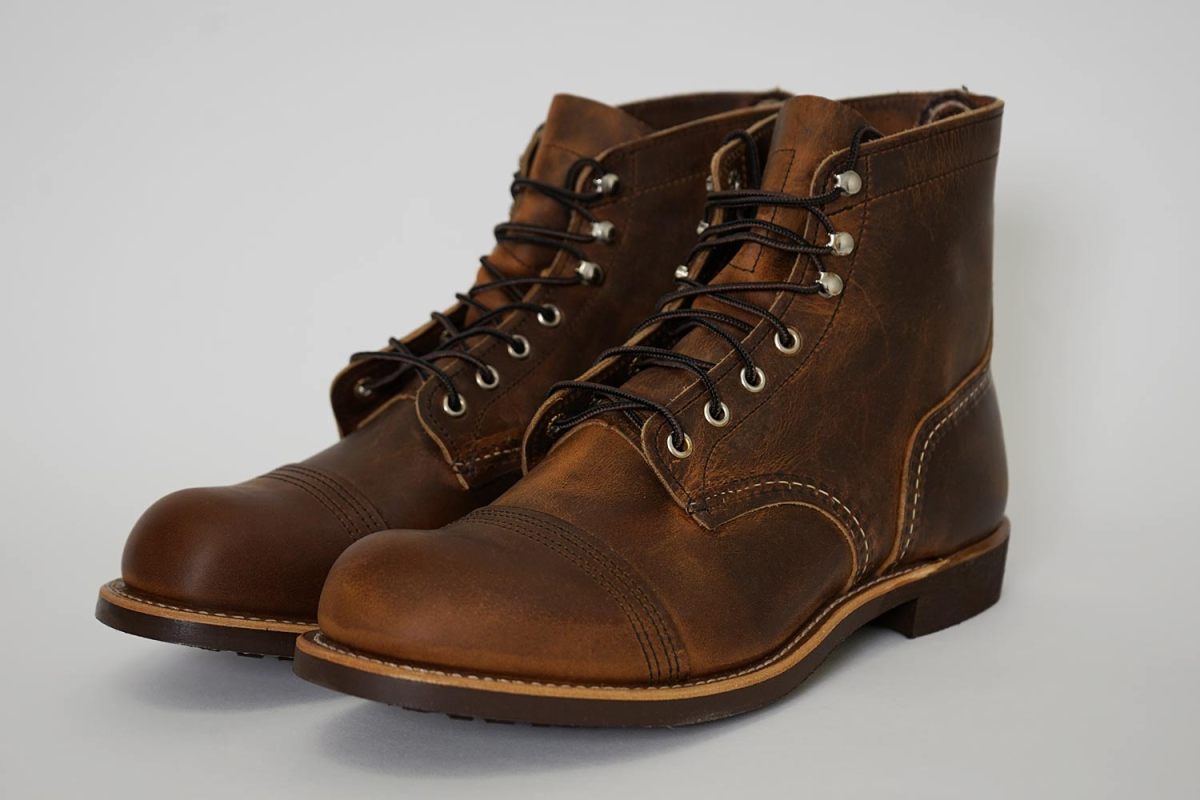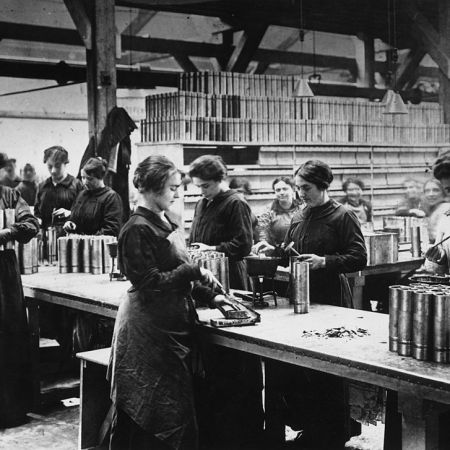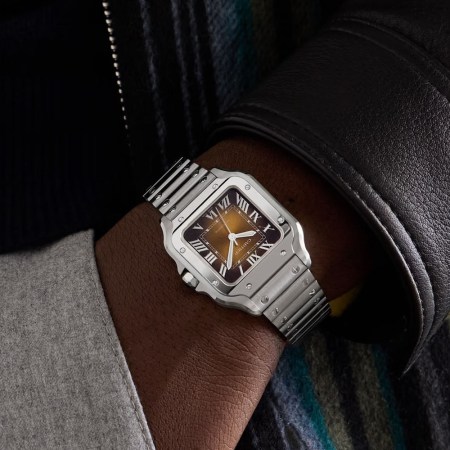Nota bene: All products in this article are independently selected and vetted by InsideHook editors. If you buy something, we may earn an affiliate commission.
This is part of InsideHook’s list of The 100 Best American-Made Products, a celebration of the gear, clothes and goods that make up our lives, and are the life’s work of our fellow Americans.
In an apparent bout of kismet, Mike Larson, product design and development manager for Red Wing Shoes, confirms that it does indeed take 87 steps to craft their iconic Iron Ranger boot, which happened to turn 87 this year. It’s a laborious, intensive and slow process that can take upwards of three weeks, but as the end product indicates, it’s well worth it.
“[The Iron Ranger] is counter to today’s trend of instant gratification, but we’ve built durability into the boot as a sustainability feature,” Larson says, referencing the footwear’s intensive break-in period, and a fabled reputation for lasting decades. “Yes, these are tough to break in. But that’s a sign of quality, right? If it’s hard to break in, that means it’s going to last a long time.”
Produced from tip to tail in Red Wing, Minnesota, which lies on the Mississippi River, the Iron Ranger is a modern-day reminder of what the domestic footwear industry was once capable of. The boots, one of my personal favorite American-made products and a mainstay in my closet, are immediately recognizable for their brassy leather finish and signature toe cap — the double leathered front was originally added as a protective element for miners working in Minnesota’s Iron Range, ultimately responsible for the name — and celebrated as a torchbearer for craft manufacturing practices that have been widely deserted.

Goodyear-welted construction, which, among other things, greatly extends a boot’s lifespan by allowing it to be easily resoled, is one such industry casualty that still makes an appearance in the Iron Ranger.
“Back in the day, everything was Goodyear-welted construction,” says Larson. “That was the grandfather of all the footwear constructions, so we continue to use that same construction on the same machines. Everything is basically unchanged.”
He acknowledges that Red Wing’s “living fossil” of a boot is an exercise in preserving the heritage of a century-old brand. The triple-stitch construction on the vamp and side, from the same Puritan sewing machines used nearly 100 years ago, and an outer that patinas beautifully (as Larson puts it, “every scar and scratch that you get on the boot tells a story”) are further longtime benchmarks of quality rarely offered in today’s market.
In fact, beyond an outsole shift to a Vibram 430 mini-lug for increased traction, the boot has remained virtually unchanged since its inception in the 1930s, despite an industry shift towards faster, less durable construction. (The original Iron Ranger model was built off the Munson shoe last, a form used for molding shoes, which was created to combat trench foot and used as the basis for much of the wartime-mandated shoe production during the first and second World Wars.) “Everything on the inside is still true to how it was before,” says Larson. “Genuine leather insole, cork bottom fill, leatherboard counters.”

This reverence for heritage isn’t just intrinsic to the Iron Ranger — it’s a part of Red Wing’s DNA. Larson is quick to point out that the company, run by fourth-generation family owners, prides itself on delivering a long-lasting American product built by expert operators, many of whom are second- or third-generation workers themselves, and some who have been with Red Wing for upwards of 40 years. “We think it’s really important to build shoes here locally. Our tannery and our shoe factory are right here in town, so it’s very vertically integrated. All of our workers live within a very tight radius. We live, work and play in this community.”
Among the many sage Midwestern profundities that Larson drops into our conversation — “slow is oftentimes better” — one stands out as emblematic of the Iron Ranger and the company that’s kept it alive.
“We have a saying,” Larson tells me, when I ask about what it means to sell a product that a consumer might not buy again for another 35 years, “when the boot goes in the box at the end of the factory line, it’s only 95% complete, and it’s up to the consumer to make that final 5%. We’re really proud of that.”
We've put in the work researching, reviewing and rounding up all the shirts, jackets, shoes and accessories you'll need this season, whether it's for yourself or for gifting purposes. Sign up here for weekly style inspo direct to your inbox.

















